Is design and innovation always about looking to the future?
Designers and innovators strive to create new products and services that embrace modern technology and serve the needs of an ever-changing market influenced by trends, cultural shifts, legislation and a host of other factors.
Achieving commercial success with new products requires understanding and responding to this complex network of inter-connected forces.
So it's not surprising that the evolution of products often follows a pattern that is similar to the way a tree grows. Branches that have headed in the direction of light and are healthy continue to divide and produce new growth. Others that have headed in a less fruitful direction or have suffered some catastrophic influence die off so that energy can be diverted to where growth is being achieved.
At the Imagination Factory we believe there is as much value in tracing back down the branches of design evolution as there is in looking to the future trends in technology and market needs.
Amongst out team we have begun to call this "Retro-volution" in an attempt to make it an intentional activity rather than just something that happens by chance.
It has already started to influence our projects like the solar powered irrigation pump that we talked about in a previous blog.
The pump that we are designing needs to use the latest in solid state solar power collection technology but it also needs to pump dirty water in some unforgiving environments. Since pumping dirty water was something that was solved centuries ago it made sense to look back in time to find out how this was done. In the end we reverse engineered a pump used in mines and ship bilges before the advent of electrical motors. These kinds of pumps have not been used for over a hundred years for good reasons. Modern pumps are more efficient which is important when you are using fossil fuels. But if you are using limitless solar power the branch of the tree that favoured efficiency is no longer the right one to follow.
By allowing ourselves to trace back to that point in time and reframe the problem around finding a pump that is cheap and robust rather than efficient we have designed a solution in a completely different direction.
We have been exploring how to use microwave technology to target the moisture in the substance that is left on the surface of train tracks after trains pass over leaves multiple times.
As any commuter knows it's not a new problem and much effort has gone into developing technology to combat it.
During our research and creative engineering sessions we discovered that our idea has an efficacy that was proven in a design that was tested many years ago. But at the time the surrounding technology was not developed enough for it to be a viable approach and hence that particular branch of investigation was abandoned.
However, the advances in technology in other areas now means that the use of microwaves is once again a route worth pursuing. You can find out more about this project in our interview on ITV news.


